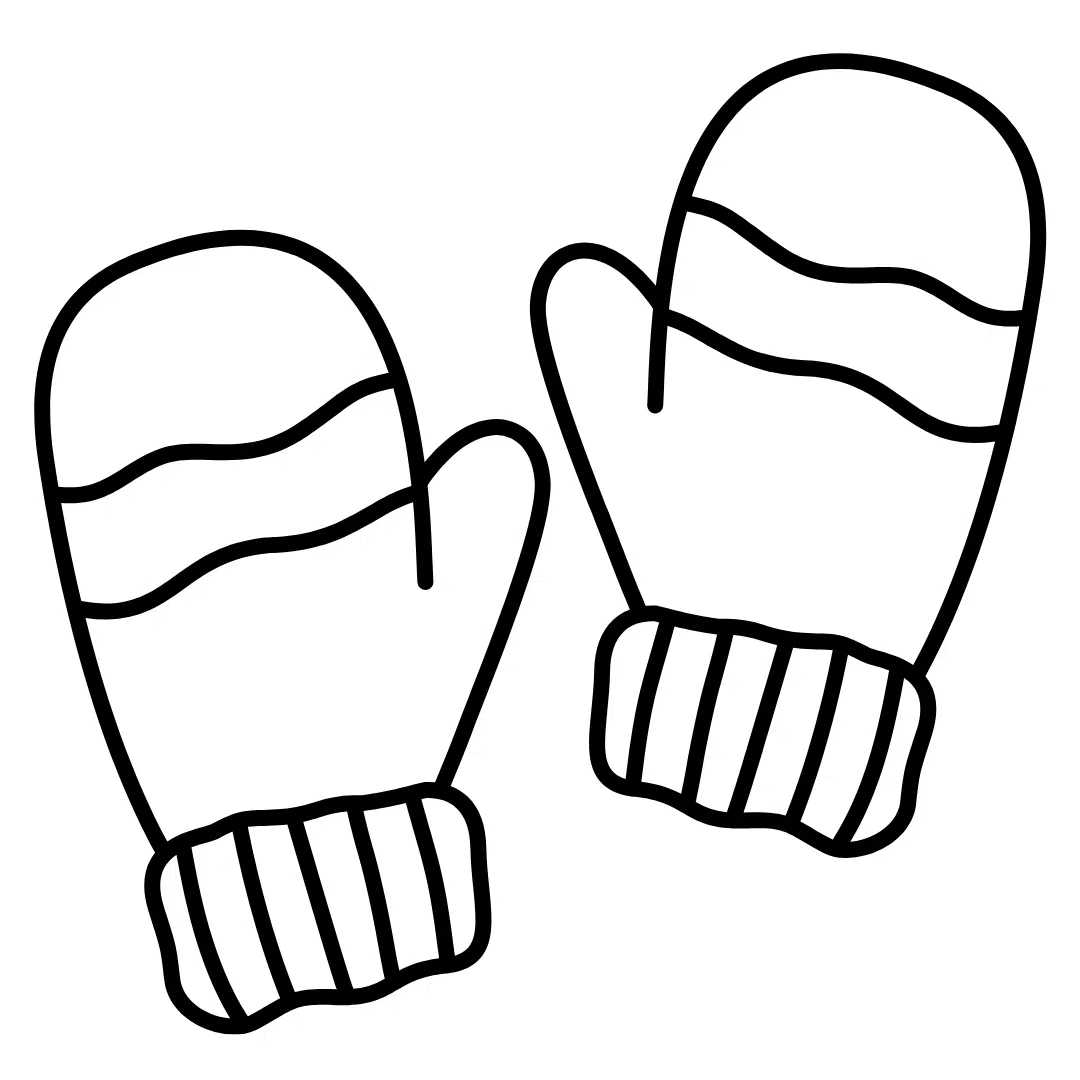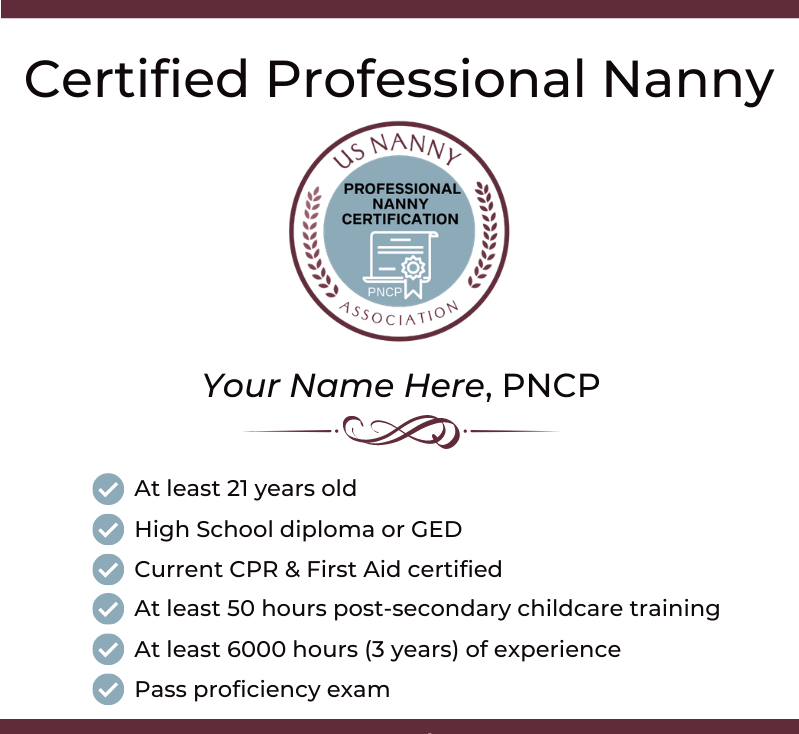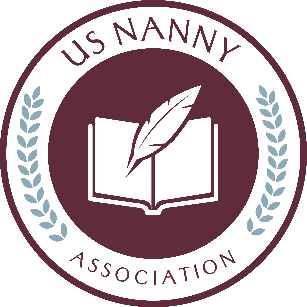Fun reading and games you can do with the children in your care.
by Dr. Linda Karges-Bone
Engaging children in seasonal readings and activities fosters their cognitive, emotional, and social development. Winter-themed games and stories offer a chance to explore emotions like sadness or joy, introduce new vocabulary, and encourage critical thinking. These activities also create opportunities for children to connect with others, boosting their creativity and problem-solving skills. By participating in games, children practice patience, teamwork, and resilience. Winter-themed enrichment activities are an excellent way to promote holistic child development while making the cold months enjoyable and meaningful.
What Can I Do When Winter Makes Me Blue?
a poem by Dr. Linda Karges-Bone
What can I do when winter makes me blue?
It is sad but true. There is nothing fun to do.
Cold, damp days leave me feeling sad.
How I wish for Springtime. Then I will be glad.
What can I do when winter makes me blue?
It is sad but true. There is nothing fun to do.
Nothing but skating on a frozen sheet of glass.
Or fishing through the ice for a pike or chilly bass.
What can I do when winter makes me blue?
It is sad but true. There is nothing fun to do.
Nothing but sledding down a curved and powdered hill.
With the wind whistling by me in a screaming, swirling thrill.
What can I do when winter makes me blue?
It is sad but true. There is nothing fun to do.
Nothing but rolling snow into a ball to toss around
Or shape into a snowman who sits upon the ground.
What can I do when winter makes me blue?
It is sad but true. There is nothing fun to do.
Nothing but sitting by a bright and dancing light.
Sipping on some cocoa as the fire warms the night.
What can I do when winter makes me blue?
It is sad but true. There is nothing fun to do.
Nothing but celebrating the winter holidays.
Wreaths and treats and wrappings just get into my way!
What can I do when winter makes me blue?
It is sad but true. There is nothing fun to do.
From December to February.
I am feeling most contrary.
What can I do when winter makes me blue?
It is sad but true. There is nothing fun to do.
So I’m doomed to wait for Spring to show.
How will I stand it? I do not know.
Questions about the poem
- Read My Many Colored Days, which was written by Dr. Seuss and published after his death. It is a very different book from The Cat in the Hat or Green Eggs and Ham. How did colors and feelings go together in this story?
- Did you know that some people really do feel more SAD during the winter months? The word S.A.D. means seasonal affective disorder. For some people, not getting enough sunshine can lead to feelings of sadness and loneliness. Do you know someone who is feeling sad? What are some things you could do to cheer them up?
- Can you name the four seasons of the year? Which season follows Winter? Which season precedes Winter?
- In the poem, the narrator ( the person speaking) says that there is nothing to do in winter. Is this really true? Can you list some of the activities that are unique to winter months?
- In the poem, the narrator says that from “December to February”, he or she feels “contrary”. Which of the following definitions do you think makes sense in the poem?
- Difficult or willful
- Happy and cheerful
Hint: Do you remember the nursery rhyme: “Mary, Mary, quite contrary?” This was about a stubborn little girl.
- Why did the poem focus on the months December to February? Which month is between the two? (January) *These are the three months of winter in North America.
- In the poem, the narrator speaks of skating on “glass”? Do you think that people are really skating on glass? Is that possible or safe? (hint: ice looks like glass)
- The poem talks of sitting by a fire sipping cocoa when it is cold outside. What are some other good things to do when it is not comfortable for outdoor play?
Here are some enrichment questions to discuss and activities to engage in with your reader.
|
Question |
Activity |
Purpose |
|
Is it true that a person can “feel blue?” What do we mean by this? |
Discuss feelings and colors |
Helps children connect emotions with visual imagery. |
|
Do you associate feelings with colors? Read the list below of color words and complete the chart. |
Color Word: My Feelings |
Builds emotional literacy and creativity. |
|
Read My Many Colored Days by Dr. Seuss. How did colors and feelings go together in this story? |
Group reading and discussion |
Encourages empathy and understanding of mood changes. |
|
Did you know some people feel more SAD during winter? What are some ways to cheer up someone feeling sad? |
Group brainstorming |
Fosters compassion and problem-solving skills. |
|
Can you name the four seasons of the year? Which season follows Winter? Which precedes it? |
Season sequencing activity |
Reinforces knowledge of seasons and calendar order. |
Do you associate feelings with colors? Read this list of color words and complete the chart.
|
Color Word |
My Feelings |
|
Yellow |
|
|
Purple |
|
|
Gray |
|
|
Green |
|
|
Pink |
|
|
Blue |
|
Winter word scramble
Directions: Unscramble the winter words. Then, use them to complete the paragraph.
DLSE ————————
OCLD ————————
WNSO ————————
TSAKE ————————
YLHICL ————————
NEMTITS ————————
REWNIT ————————
DHOO ————————
ZROENF ————————
CLEICI ————————
The solutions are sled, cold, snow, skate, chilly, mittens, winter, hood, frozen and icicle.
Use the words that you unscrambled from the list above to complete the story.
In the space below, draw a picture to illustrate your tale.
One January day in the season of ___________, I decided to go for a hike. There was a _________wind blowing down from the North and it felt __________. So, I put a colorful scarf on my neck and some woolen _________on my paws! Then I took off for my hike in the woods. As I walked by the pond, it looked ___________clear through. It will perfect to ________on! After a mile or so, I felt cold, wet flakes on my nose. It had started to _________. Time to head back! But, just as turned toward home, a big _________crashed down from a maple tree and landed on my head. Good thing I had on my __________ too !
Text comprehension activity
Directions: Use the words you unscrambled from the list above to complete the story. In the space below, draw a picture to illustrate your tale.
Critical Thinking
|
Word Group |
Explanation of the Outlier |
|
Chilly, cold, warm, icy |
WARM does not fit; others describe cold weather. |
|
Sleet, snow, rain, hail |
RAIN does not fit; others describe frozen precipitation. |
|
Skate, walk, slide, coast |
WALK does not fit; others describe icy movements. |
|
January, December, March, February |
MARCH does not fit; others are winter months. |

Match the mittens
Draw and color pairs of mittens showing opposites
HOT and COLD
UP and DOWN
WINTER and SUMMER
SPRING and FALL
Winter safety or summer safety
In each season of the year, there are rules to help keep us safe. Next to each rule, write an “S” if it is a summer safety rule or a “W” if it is a winter safety rule.
- You should always swim with a buddy. _______
- Never go out on a frozen pond until an adult tells you it is safe._________
- You should always wear a life-jacket when you are ice-fishing, even when the ice is solid.______
4.You should always wear a life-jacket when you are out on a boat even if the water is warm and shallow._______
- Do not run on icy steps._________
- Do not sled near highways._________
- Be sure to drink plenty of water when it is hot.______
- Always wear a helmet when you ride your bike._______
Make a Winter Safety Booklet
Directions: Each of the pictures below illustrates one of the winter safety rules. Look at each picture and then write one of the rules from the list on the previous page. Color the pictures and cut them out. Staple them into a booklet. Be sure to illustrate the cover sheet.
Dr. Linda Karges-Bone is retired professor of Teacher Education at Charleston Southern University and an author, media personality, and creative. Find out more at www.educationinsite.com


We want to thank all the nannies, advocates and business leaders who provide practical tips and insight to elevate our industry. Thank you for sharing your expertise.
The US Nanny Association issues the highest certification requirements in our industry as they require training, work experience, passing an industry exam, a background check and current CPR and First Aid:
- Certified Nanny
- Certified Newborn and Infant Professional
- Certified Professional Nanny
We want to thank all the nannies, advocates and business leaders who provide practical tips and insight to elevate our industry. Thank you for sharing your expertise.
